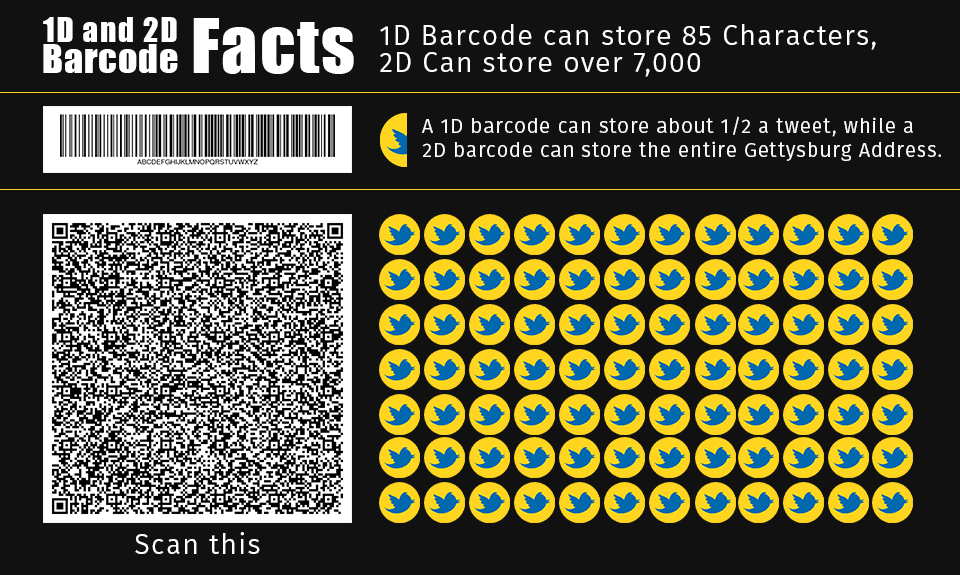Are you familiar with tracking software? In general, it is some really cool software that is used by law enforcement agencies and even large companies like Best Buy and Adobe. Police agencies use it to actually collect and organize evidence. Businesses are learning how to use what the industry calls asset management software so they can track and analyze statistics.
Using Barcodes vs RFID
RFID (radio frequency identification) has become quite popular for organizations and businesses
RFID chips are super small electronic devices that have a unique identifying tag which allows the correct equipment to recognize it. Additionally it has a very tiny antenna, which allows it to transmit information wirelessly. Some RFID chips also house a super tiny battery which powers it.
When the chip is within a certain range – typically within 100 feet – it can be interpreted using an RFID reader. Believe it or not, this technology arose towards the end of WWII and the beginning of the Cold War by Russians looking to spy on their enemies. Originally used by countries for espionage purposes, RFID has become popular in its use by local governments, industries and businesses over the past couple of decades. Some examples of RFID use today include, ID systems, transportation and retail.
Let’s Discuss Barcodes
We all know what barcodes are. I bet most of us identify barcodes with product and food packaging..This universal tracking technology was also created in the mid 1940’s and was generally accepted rather quickly. A bar code is simple. There is actual data in those black and white bars with numbers that help to identify certain products or “things”. Barcode readers can then scan and interpret that data. Some believe that barcodes are still a better way to go when it comes to tracking and offer the following reasons.
Barcode tracking is simply cheaper. Printing barcodes on adhesive paper is far cheaper to generate than having to create RFID microchips. The cost to create a barcode can be as little as a nickel while RFID chips are closer to a quarter to product. Additionally, barcodes can be easily printed on regular ol’ printers; something that can’t be done with RFID chips.
Barcodes are simple and straightforward in their use. Anybody can deal with barcodes. Think grocery store and watching the clerk scan your box of granola bars at the checkout stand – they’re simply scanning the barcode on the package. Dealing with RFIDs is not as easy or straightforward.RFIDs have issues called tag collision and reader collision. Tag collision happens when there are too many tags within a small range. Reader collision happens when multiple signals overlap, causing a communication issue.
With barcodes there is no issue over security or privacy. One of the benefits of RFID is also a privacy concern. Since the tags can read and interpret without being seen and from some distance, this creates a privacy and security issue. A police department would not want someone who is within range of these tags to be able to read and retrieve the information that gets passed. That is a big concern and is why most law enforcement agencies prefer using evidence tracking software that uses barcodes.

